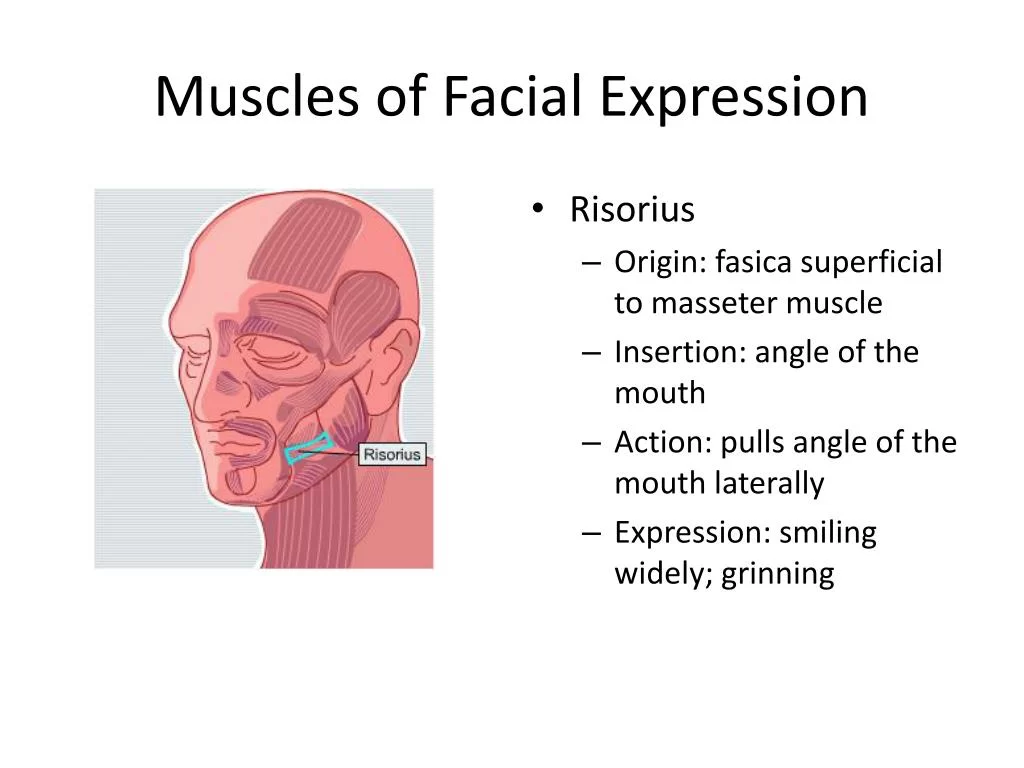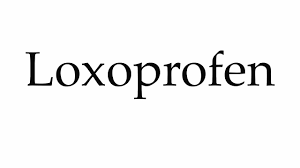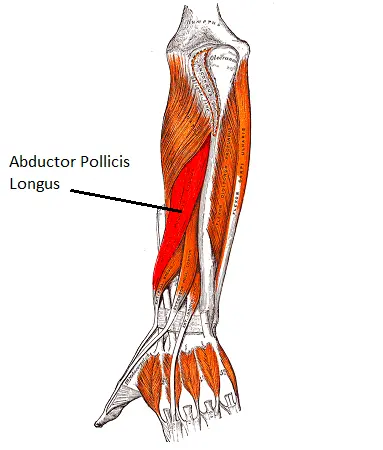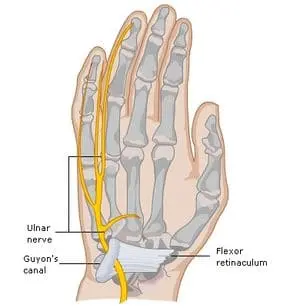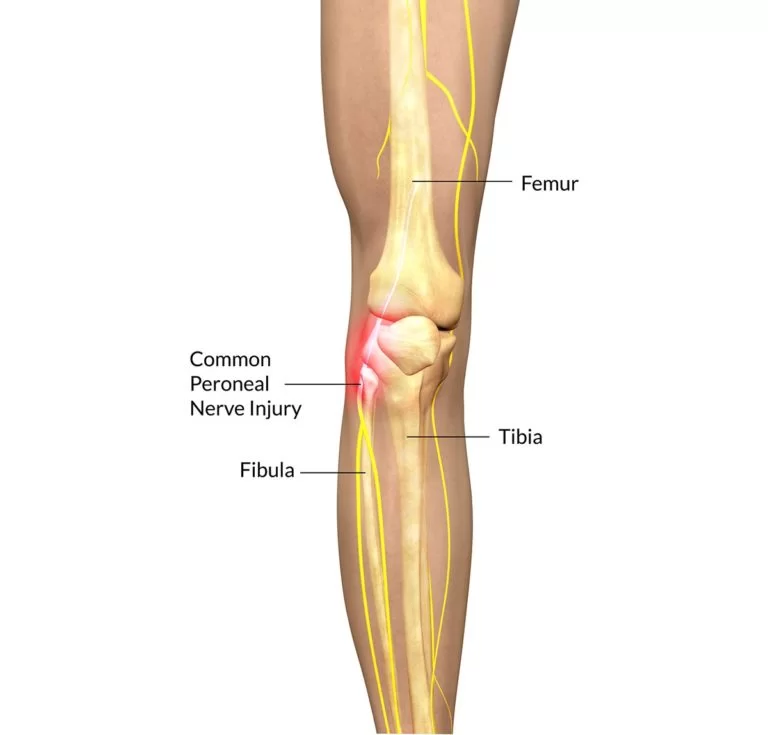Risorius Muscle
Introduction
The risorius is a muscle of facial expression that arises in the fascia over the parotid gland and, passing horizontally forward, superficial to the platysma, inserts onto the skin at the angle of the mouth.
It is a narrow bundle of fibers, broadest at its origin, but varies much in its size and form.
Origin and Insertion
- Risorius muscle has a very variable form, ranging from a fleshy slender fascicle to a broad thin superficial fan.
- It has a number of origin points that are sometimes inconsistent and include the zygomatic arch, parotid fascia, fascia over the masseter anterior to the parotid gland, fascia enclosing the platysma, and fascia over the mastoid process.
- From these origin points, the muscle fibers of risorius converge medially taking an almost horizontal course towards the angle of the mouth.
- The risorius then interlaces with other muscles that converge towards the angle of the mouth, forming a dense, mobile, fibromuscular mass called the modiolus.
Relations
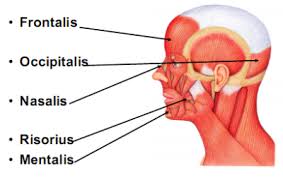
- Risorius is found in the superficial layer of the facial muscles, coursing over the projection of the line between the alveolar processes of the maxilla and mandible.
- It is contained in the superficial fascia of the cheek, overlying the masseter muscle and the buccopharyngeal fascia that separates it from the buccinator muscle.
- Passing between the risorius and buccinator muscle is the facial artery giving off one of its major branches, the superior labial artery.
- It may seem that the risorius is a continuation of the platysma, but in reality, risorius only sometimes receives the upper muscle fibers of the platysma.
- They are different muscles, which is attested by their different nerve supply.
- The proximal region of risorius is related to the parotid gland and parotid duct, which pierces the buccinator muscle into the oral cavity.
- As it approaches the angle of the mouth, it contributes to the formation of the modiolus by blending with the zygomaticus major superiorly, with the depressor anguli oris inferiorly and the orbicularis oris laterally.
Nerve Supply
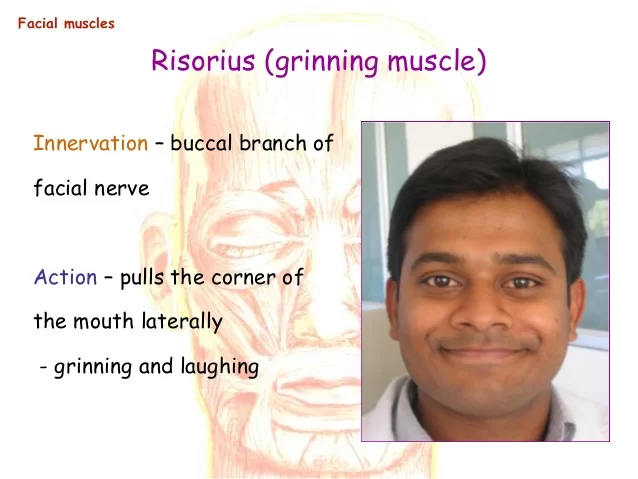
- Risorius is innervated by the buccal branch of facial nerve (CN VII).
Blood Supply and Lyphatics:
- The risorius muscle receives its arterial blood supply via the facial artery and the transverse facial artery at its origin.
- The facial artery is a branch of the external carotid artery and gives rise to the submental and inferior and superior labial arteries, supplying the chin and lip regions, and proceeds superomedially to the lateral aspect of the nose as the angular artery.
- Proximally, it passes anterosuperiorly over the mandible and is deep to the risorius.
- The transverse facial artery arises from the superficial temporal artery just inferior to the zygomatic arch of the temporal bone, where it courses anteriorly down the mandible between the superficial and deep masseter muscles.
- The facial and transverse facial veins drain deoxygenated blood from the risorius. The facial vein drains into the common facial vein, then into the internal jugular vein.
- The transverse facial vein drains into the retromandibular vein, which then drains into the external jugular vein via the posterior branch of the retromandibular vein, or to the internal jugular vein via the anterior branch of the retromandibular vein and the common facial vein.
- The submandibular and mandibular lymph nodes receive lymph drainage from the risorius.
Structure and Function:
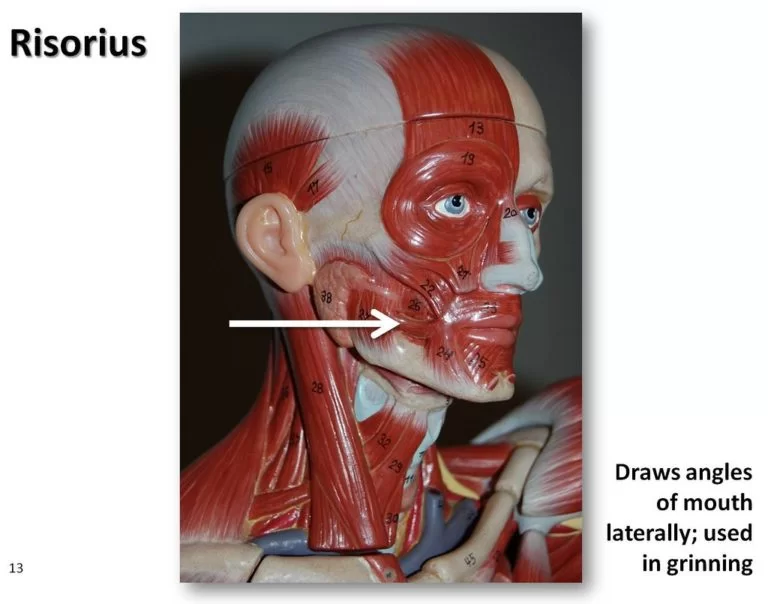
- The risorius muscle is a narrow bundle of muscle fibers that becomes narrower from its origin at the fascia of the lateral cheek over the parotid gland and superficial masseter and platysma muscles.
- Its insertion onto the skin of the angle of the mouth.
- There is a risorius muscle located on either side of the lips in most individuals. Like other facial muscles, the risorius has a greater percentage of slow muscle fibers and contains a more intricate configuration of innervation of extrafusal fibers than other skeletal muscles throughout the body.
- Its location is within the deep portion of the superficial musculoaponeurotic system (SMAS),a fibrous network containing the facial muscles, that is continuous with the temporoparietal fascia and galea and extends from the galea aponeurotica and the platysma.
- Vertical septa connect the SMAS to the dermis.
- The risorius muscle’s function is to aid in facial expression by pulling the corner of the mouth laterally via its contraction in an outward and upward motion.
- In conjunction with other facial muscles, this helps to create a smile or a frown, and myriad other expressions in between.
Clinical Importance
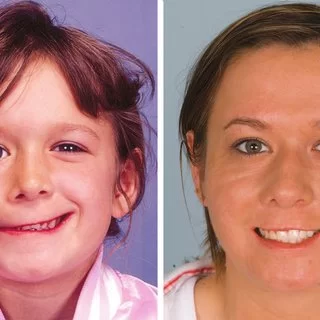
- In Bell’s palsy, a condition caused by a facial nerve deficit characterized by paresis or paralysis of the muscles it innervates, the risorius may be affected with other muscles of facial expression.
- This condition generally receives treatment with oral steroids, with no clinically meaningful difference in outcomes between high-dose vs. moderate or low dose steroids.
- Sometimes, clinicians may add an antiviral such as valacyclovir, and although steroid and antiviral treatment is controversial, an antiviral alone has shown no benefit when compared to placebo.
- Some cases may warrant physical therapy. Bell palsy may present similarly to stroke, Lyme disease, and tumors, so workup may include ruling out these other causes of facial paralysis.
FAQs
What does the risorius muscle do?
The risorius muscle helps in facial expression by pulling the mouth corner laterally with each outward and upward contraction. Together with other facial muscles, this aids in producing a smile, a frown, and a wide range of other expressions in between.
What muscle is smiling?
Zygomaticus Major, the muscle responsible for smiling. The zygomaticus major, also referred to as the “Smiling Muscle,” is primarily responsible for our smile. It collaborates with up to 43 other facial muscles to produce a variety of smiles.
What is the risorius muscle also known as?
As a result of its bilateral contraction pulling the mouth’s angles laterally and slightly superiorly, it is known as the “smiling muscle” and results in a smile.
How do you exercise risorius muscle?
Stretch the mouth into a smile without splitting the lips, using the cheek muscles. To aid in the stretch, softly press back with the index fingers. Hold for six counts. Five repetitions of the relaxation exercise.

